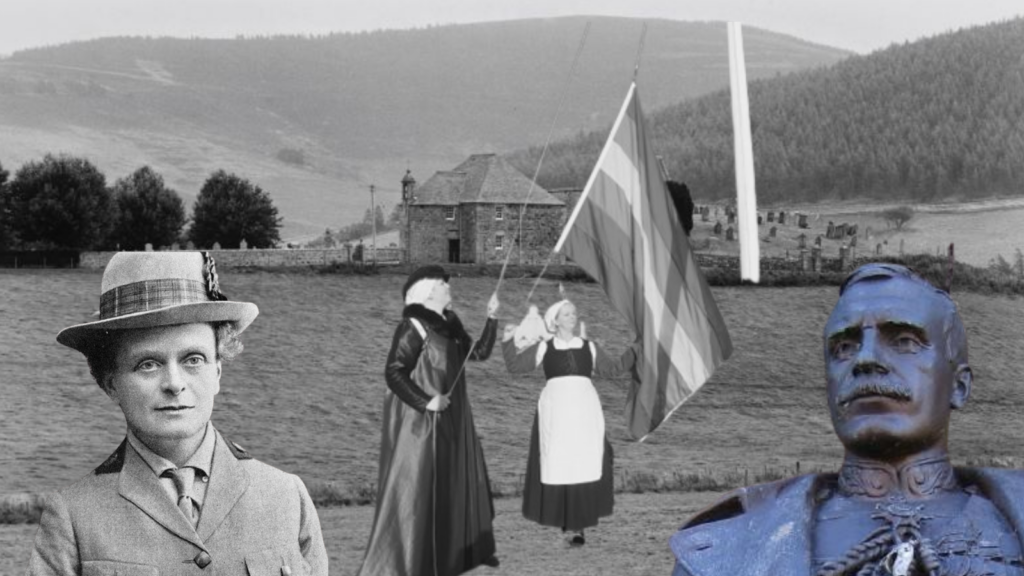Please note, this page includes topics which may not be appropriate for all ages, keep an eye for signposted content warnings.
2025 marks 30 years since Scotland’s first Pride march. But LGBTQ+ folk and histories have existed long before this!
Sadly, these histories have often been lost or marginalised. But that’s why it’s all the more important to shed light on these stories and histories where we know about them!
That’s why we present to you, four LGBTQ+ Scots that we think you should know about!
Marie Maitland, Scotland’s Sappho
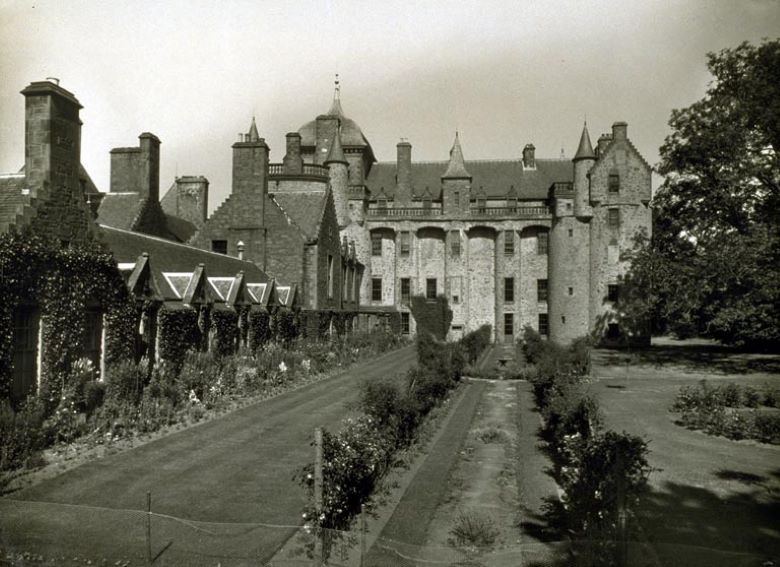
Thirlestane Castle, © St Andrews University Library. Courtesy of HES
Sappho of Lesbos was an Ancient Greek poet and is the namesake of Lesbians and Sapphics. Far away and years later, on a much less sunny island, the Scottish Sappho Marie Maitland was born to the Maitland family of Lethington and Thirlestane Castle around 1550.
The family was important to the Scottish crown at the time, performing roles such as Keeper of the Privy Seal and Lord Chancellor of Scotland under Mary Queen of Scots. Such an influential family meant that Marie had many privileges and freedoms unavailable to other women. She was directly named as one of the many transcribers and writers of the Maitland Manuscripts. These are prominent examples of the Early Modern Scots language.
A poetry of love
In these poems, we can find evidence of Marie’s relationship with women, often exploring themes of love and want.
Poem 49 is particularly attributed to Marie. Written from the perspective of a woman of significant social status, it describes her desire for another woman and laments at the circumstances they are under.
Poem 85 also refers to a Maistres Marie and directly compares her to the poet Sappho. Similarly to Sappho, Marie was part of a circle of poets in East Lothian during the Renaissance period of King James VI court where same-sex attraction and relationships seem to have been tolerated at the very least.
We have both Marie’s courage and privilege to thank for these early records of women loving women.
Historian Ashley Douglas has been researching and writing the first biography of Marie Maitland, and an excerpt of her discoveries can be found in our book, who will be remembered here, which explores Scotland’s queer history.
Major-General Sir Hector MacDonald
Please note, this section mentions suicide.
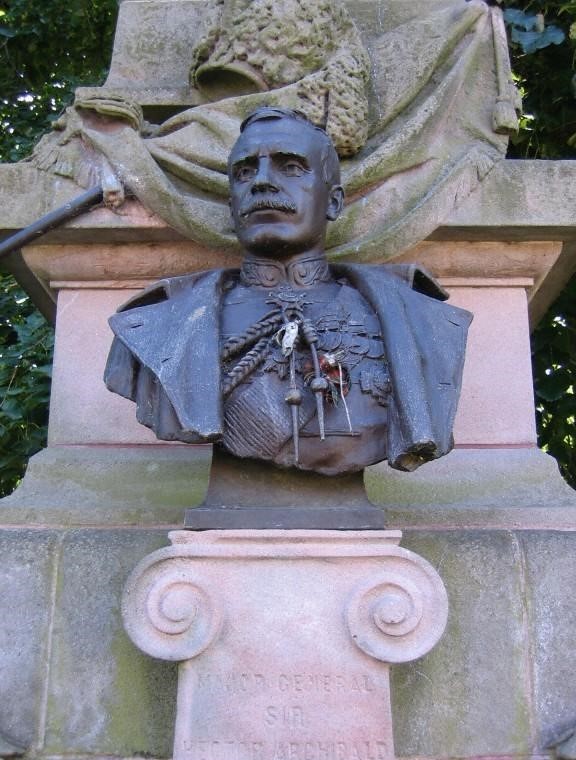
© Michael TRB Turnbull. Courtesy of HES
The small town of Dingwall is a classic Highland landscape. It boasts a castle that was once the largest north of Stirling. Major-General Sir Hector Macdonald, known as ‘Fighting Mac’, is honoured here with a castle-like 100 ft tall tower, complete with cannons at its feet.
Fighting Mac was not only a Highland legend. He turned down the offer of a Victoria Cross and saved Field Marshall Lord Kitchener in battle, but also recognised by many historians as homosexual.
While training soldiers in Sri Lanka, MacDonald was said to be caught times in intimate acts with men. As Governor Ridgeway said, “Some, indeed most, of his [partners] … are the sons of the best-known men in the Colony, English and native”. Up to 70 witnesses came forward alleging to have witnessed this behaviour. It should be noted that in British Occupied Sri Lanka (Ceylon), homosexuality was not illegal at this time, so the army sent him for court martial.
It was said that due to the intense homophobia within British society (at home and abroad), ‘Fighting Mac’ ended his own life in a hotel in Paris.
Another scandal occurred when news came out of Hector’s secret marriage. In his early thirties, he entered into a relationship with a 15-year-old girl, but had limited involvement in the lives of his wife and child thereafter.
His funeral was held in Edinburgh. Despite his orientation and suicide, over 30,000 people attended to pay their respects, with thousands more visiting his grave over the following weeks. The tune ‘Hector the Hero’, poem ‘Fighting Mac’ and an elaborate bust of Mac were subsequently created in his honour.
Elsie Inglis and The Sapphic Suffragette Doctors of the First World War
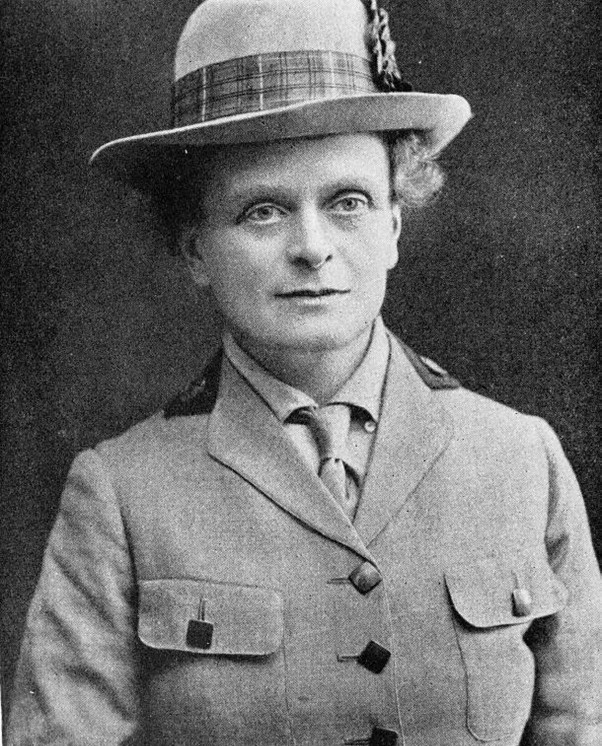
©The Scotsman Publications Ltd. Courtesy of HES
Okay, so she wasn’t BORN in Scotland, but Dr Elsie Inglis was definitely what we would call Scottish! With roots in Aberdeenshire, her extended family included the obstetrician and gynaecologist for the Royal Family and fellow female medical pioneer, Grace Cadell.
Elsie was known primarily for her work in the First World War and the Women’s Suffrage Movement. She also lectured in Gynaecology at the Edinburgh’s Medical College for Women which provided low-cost healthcare and medical education.
Historians have stated that during this time Elsie had a relationship with Dumfries-born sapphic Dr Flora Murray. Edinburgh has a long history of playing home to LGBTQ+ people. The early 1900’s was no different, even during both world wars.
Other female doctors such as Dr Louisa Martindale and Dr Louisa Aldrich-Blake also lived with women at this time. Other known LGBTQ+ people living in Edinburgh included Margaret Todd (the “mother of the isotope”), and Sophia Jex-Blake. Even war poets Wildfred Owen and Seigfried Sassoon formed a strong, romantic relationship during their time seeking treatment in the clinic at Craiglockhart Hospital. This is now part of Edinburgh Napier University.
Inglis’ legacy
Inglis and Murray were part of many female medical doctors, surgeons and nurses who were refused permission by the British Government to go out to the front lines and treat the wounded. In response, the women gathered independent financial support and went out to staff the field hospitals of the frontlines as part of the Scottish Women’s Hospitals for Foreign Service.
Their duties ranged from complex surgical procedures to the collection and burial of the deceased soldiers in “No Man’s Land”. Reports tell of the women carrying the remains by hand over the dangerous terrain.
For their service, many countries rewarded the women with great honours. Dr Inglis receiving the Order of the White Eagle, the highest honour for heroism in Serbia.
Sir Ewan Forbes
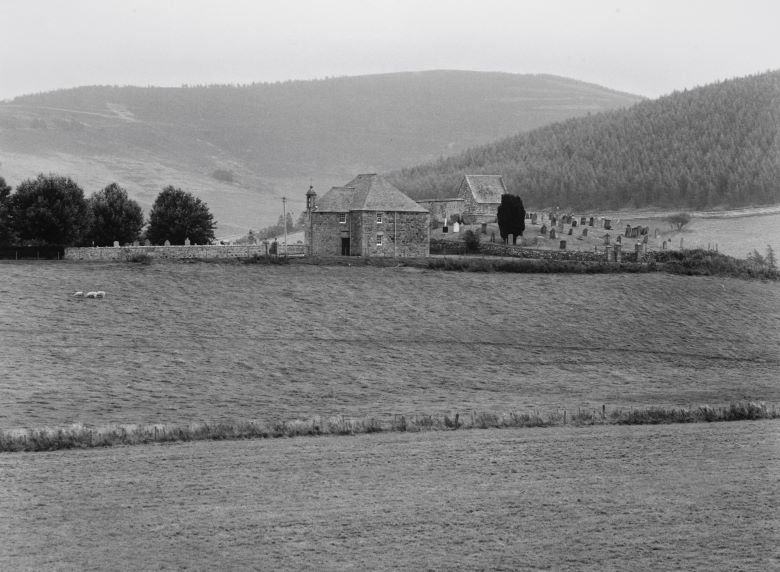
Kildrummy, Parish Church and St Bride’s Chapel © Crown Copyright: HES
A little-known trans nobleman, Sir Ewan Forbes came from the influential Forbes family. A talented Scotsman, he was fluent in English, Scots, Doric (the local variation of Scots) and German. He was also able to play the harp, perform Scottish traditional dances, and even self-funded his studies in psychology and medicine.
Forbes’ treatment for gender dysphoria began from the age of 15 with the support of his mother. He received hormone therapy in Dresden and travelling around Europe to see a variety of gender identity specialists. Sir Ewan received further treatment in Germany in the 1930’s for his gender dysphoria, likely be from the Institut für Sexualwissenschaft. This clinic was headed by Dr Magnus Hirschfeld, and was eventually destroyed by the Nazis in the 1930s.
A remarkable life
His medical education led Forbes to become the doctor in the Alford area of Aberdeen; sometimes walking through ten foot snow drifts to his work. In 1946 his confidence in the German language led him to the post of medical officer treating German Prisoners of War in the same area.
Now widely recognised as male, in 1952 Sir Ewan was married in the Kirk of Kildrummy to Isabella Mitchell, a fellow former dancer. However, this came under scrutiny during the sixties when the question of inheriting the Forbes baronetcy title was raised.
In consequence, the Home Secretary passed a decision to legally recognise him as intersex, despite his assigned sex at birth. This is still incredibly difficult for trans people to do today.
Sir Ewan was able to live out the remainder of his life in peace, away from the public eye. It has only been since his death in 1991 that his important landmark story has gained recognition. Sir Ewan’s incredible story reminds us that trans people have always existed, and always will.
Not the End
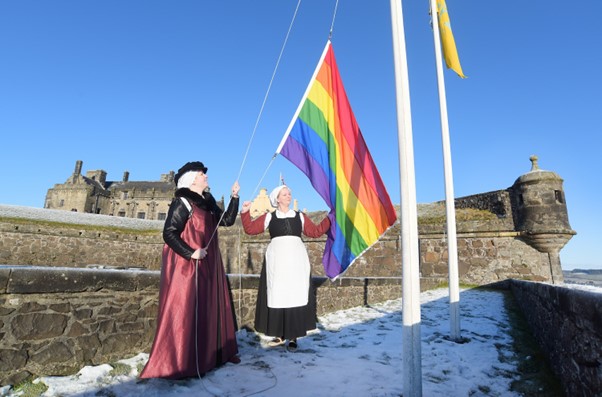
© Crown Copyright: HES
So many great, queer Scots, so little time! History is just full of people doing interesting and amazing things. The the blogs team are already over my shoulder telling me to finish up!
If you want to learn more, check out our other blogs on LGBTQ+ history. Or drop us a comment of your favourite queer Scot from history!

